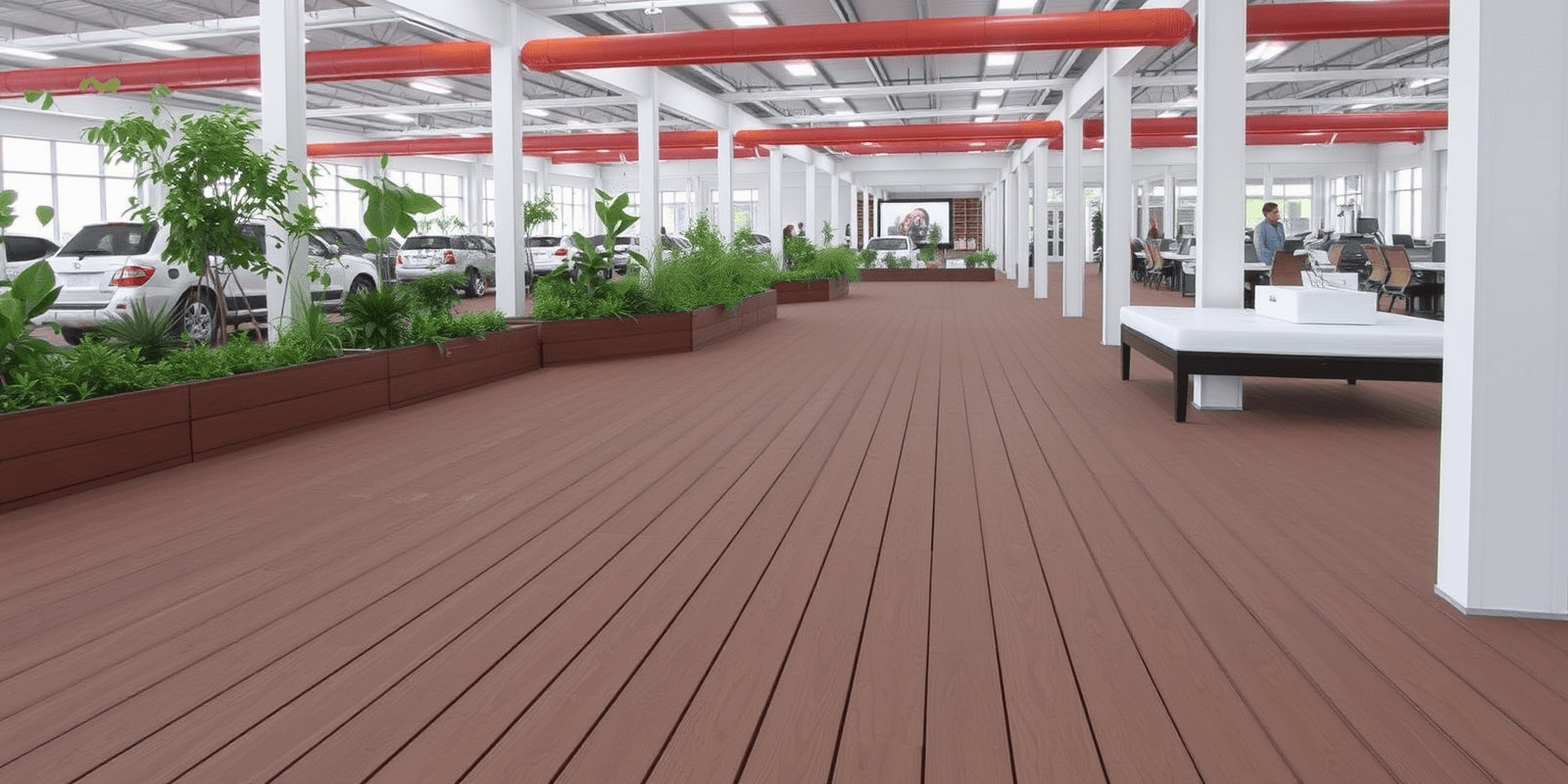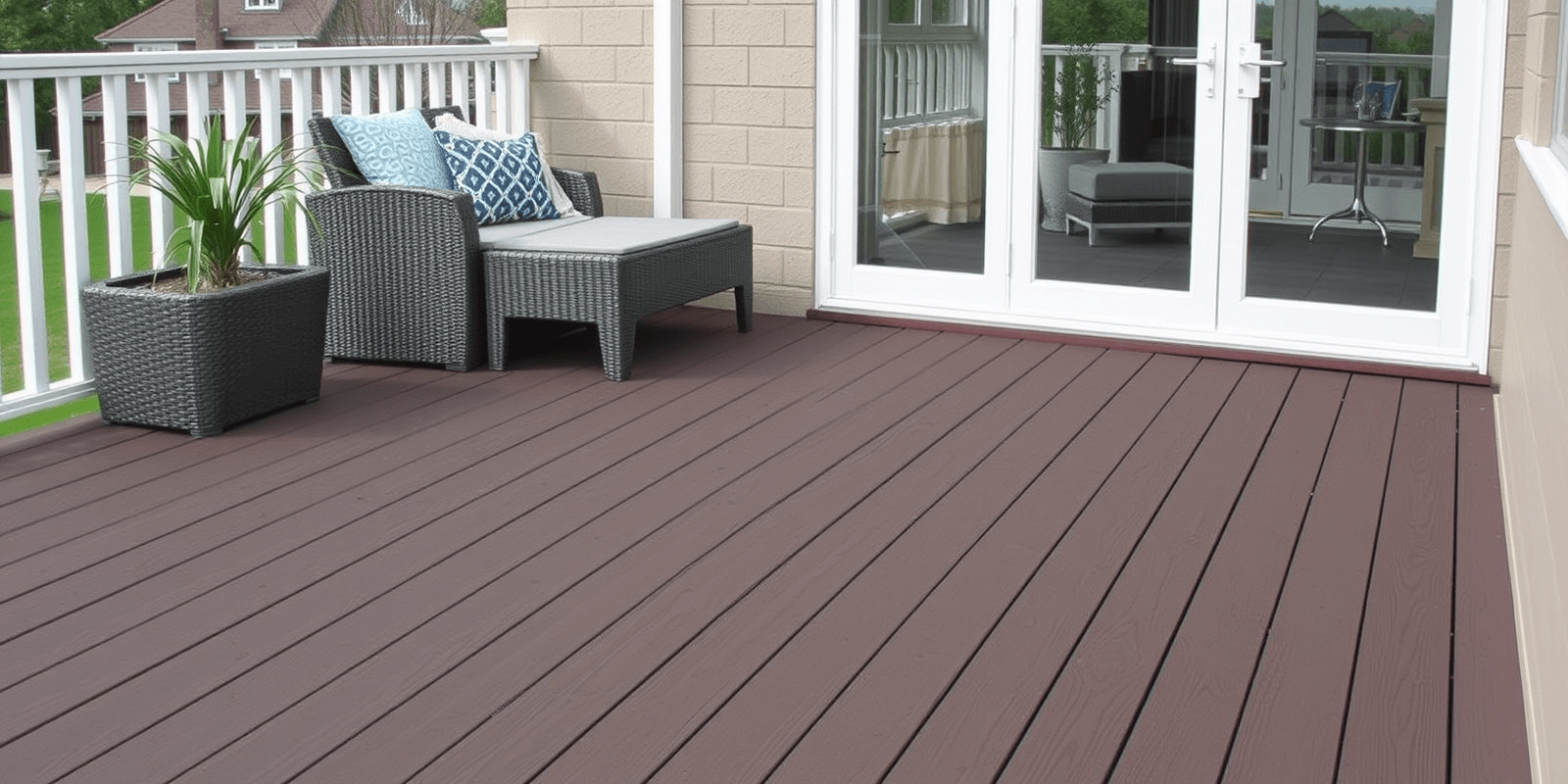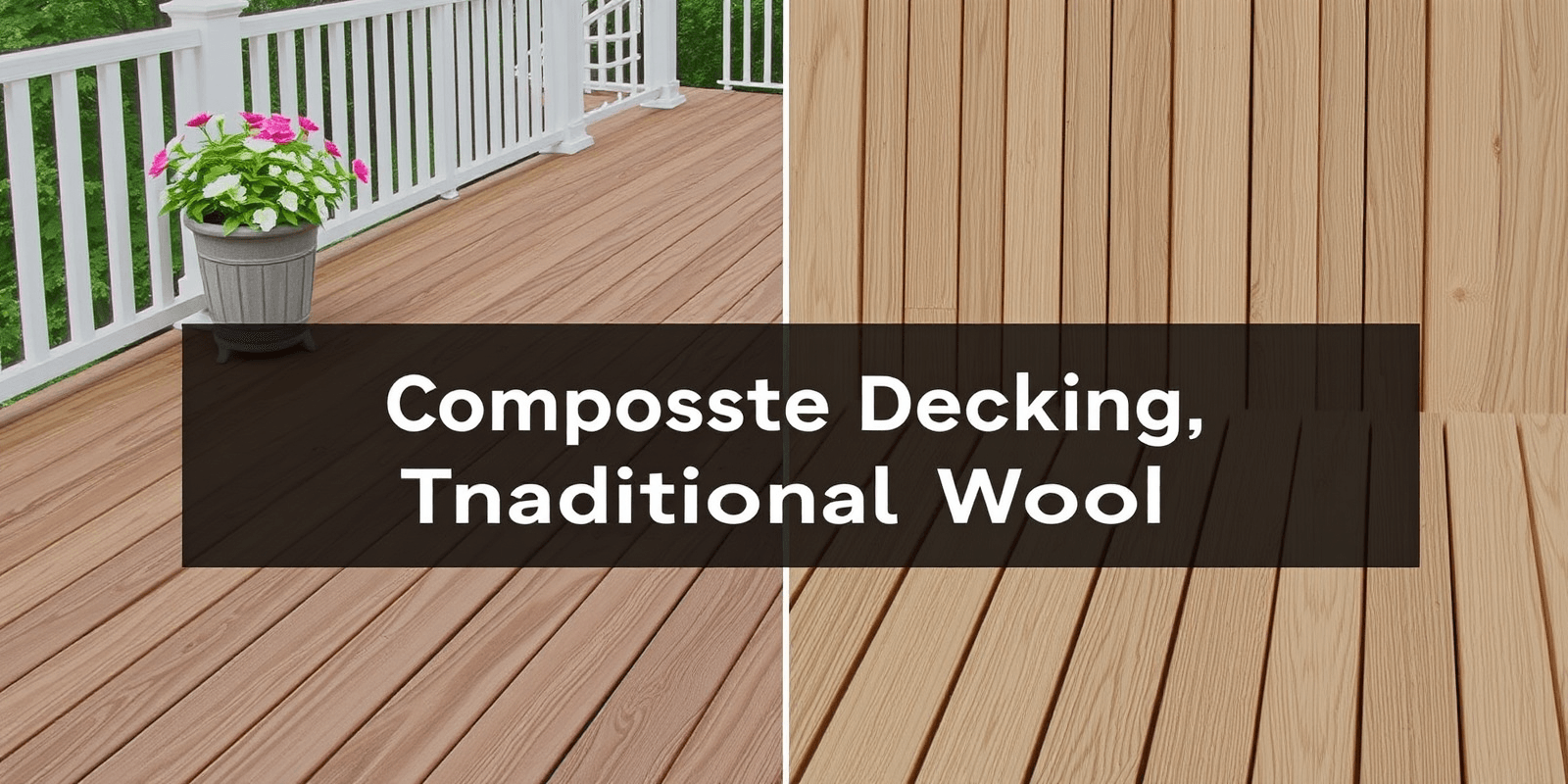“`html
WPC Flooring Composite Decking Factory: A Comprehensive Guide
Introduction
Wood Plastic Composite (WPC) flooring and composite decking have gained significant popularity in recent years due to their durability, low maintenance requirements, and eco-friendly nature. These products are made from a blend of wood fibers and recycled plastics, offering a sustainable alternative to traditional building materials. In this guide, we will explore the manufacturing process of WPC flooring and composite decking within a factory setting, from raw material selection to final quality checks.
Raw Material Selection and Processing
The journey begins with selecting high-quality raw materials. Wood fibers are sourced from sustainably managed forests or recycled wood sources, ensuring minimal environmental impact. Recycled plastics, primarily High-Density Polyethylene (HDPE), are collected from various post-consumer sources like milk jugs and detergent bottles. These materials undergo rigorous cleaning and sorting processes to remove contaminants before being processed into pellets or granules. This step is crucial for maintaining the integrity and performance of the final product.
The Extrusion Process
The heart of the manufacturing process is the extrusion line. The prepared wood-plastic mixture is fed into an extruder where it is heated, mixed, and forced through a die to form the desired shape, typically a plank or panel. During this process, additives such as UV stabilizers, colorants, and lubricants may be introduced to enhance the product’s properties. The extruded material is then cooled using water baths or air cooling systems, followed by cutting to specific lengths. This step ensures uniformity and consistency across all pieces produced.
Quality Checks and Final Processing
Once the WPC flooring and composite decking are formed, they undergo a series of quality checks to ensure they meet industry standards. Visual inspections are conducted to identify any defects or inconsistencies. Mechanical tests, such as tensile strength and impact resistance, are performed to validate the product’s durability. Additionally, samples are subjected to weathering tests to simulate long-term exposure to outdoor conditions. Only those products that pass these stringent checks move on to the final packaging stage, where they are carefully wrapped and labeled for shipment.
Conclusion
The manufacturing of WPC flooring and composite decking involves meticulous attention to detail at every stage, from raw material sourcing to final product inspection. By adhering to rigorous standards and leveraging advanced technologies, factories can produce high-quality, durable, and environmentally friendly products that offer excellent value to consumers. As the demand for sustainable building solutions continues to grow, WPC flooring and composite decking are poised to play an increasingly important role in the construction industry.
References
“`



